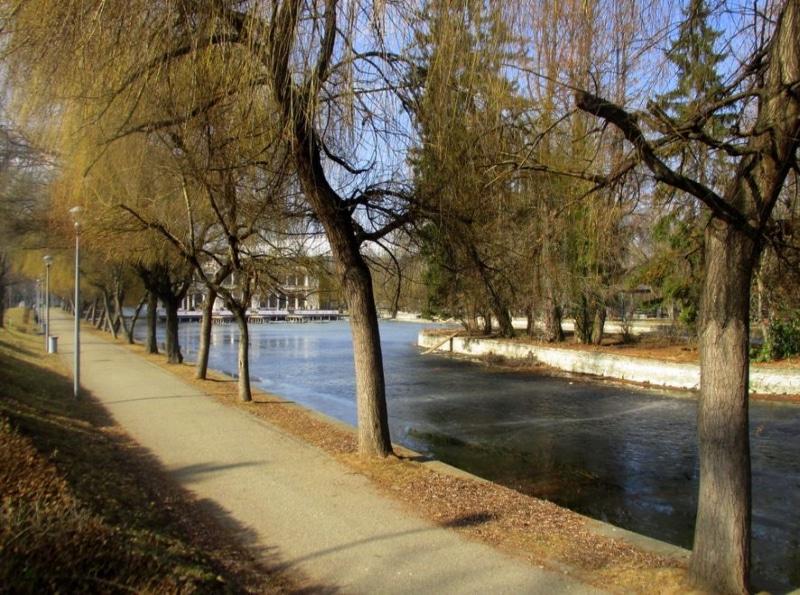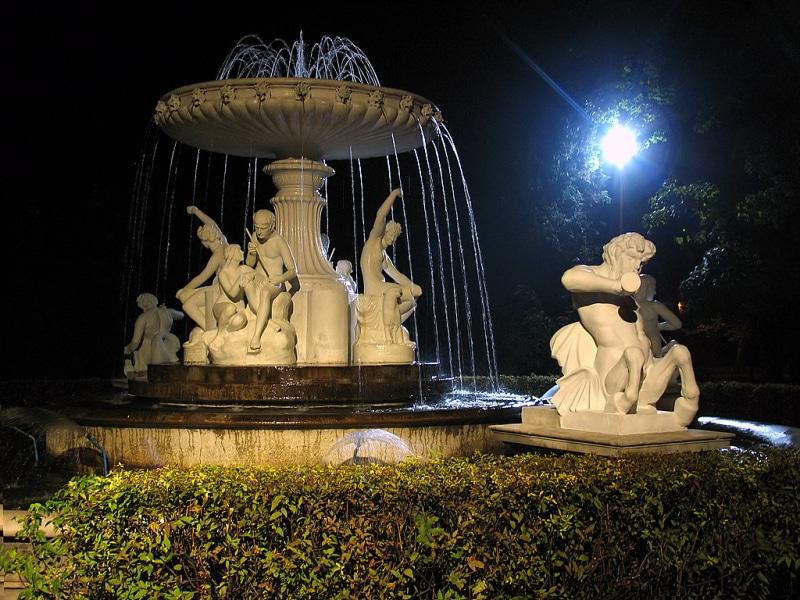Central Park Simion Barnutiu
Removed from Unnamed collection





Source: FiveLands Travel Images may be subject to copyright. Learn More
Creating Central Park was one of the pioneering urban renewal projects in the city at the close of the 19th century. The objective was to establish a leisure haven conveniently close to the city center. Initially known as Ants’ Grove, this area was nestled along the banks of the Somes River. Way back in the early 19th century, it was a popular gathering spot for the citizens of Cluj. The local furrier, János Meleg, was known for serving up refreshing drinks to the visitors.
In 1827, the Women’s Charity Organization rented the grove with plans to transform it into a place for leisurely strolls and a beer garden, agreeing to a 12-month contract. This agreement spurred the municipality to sponsor necessary work to drain and stabilize the swampy land, which was often flooded by the river.
By 1833, with the return of the Gubernium, a decision was made on how best to utilize the funds collected for the park's development. A Promenade Committee was established, comprising key figures from the urban community. They hired gardener József Schütz to take charge of planting, cleaning, and maintaining the park. Officially founded on April 22, 1838, the park saw further development two years later when engineer Sámuel Hermann was tasked with its design. Central Park, as we know it today, is a beloved green oasis in the heart of Cluj-Napoca. It offers a serene escape from the bustle of city life, with picturesque pathways perfect for leisurely walks, jogs, or cycling. The park often hosts events and concerts, making it a lively hub for both locals and visitors. Whether you're looking to relax with a book under a shady tree or enjoy a lively festival, Central Park offers something for everyone.
 FiveLands Travel
FiveLands Travel  Romania
Romania